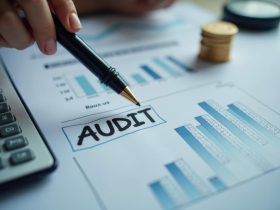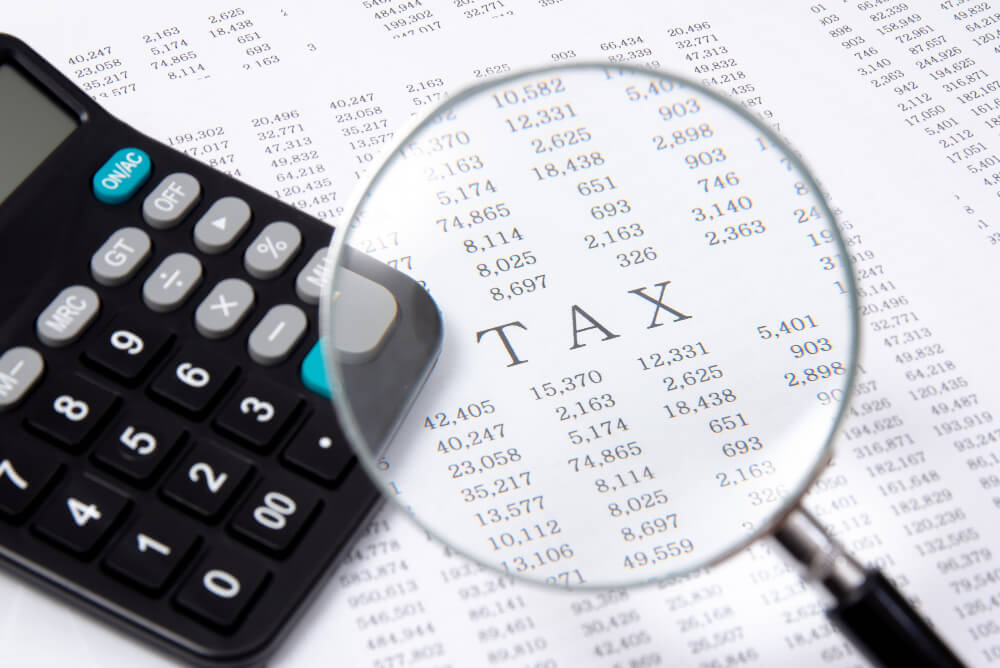Making Tax Digital will change the way business owners and landlords report their income to HMRC. They will no longer depend on paper records but will keep digital records and submit tax returns electronically to the government.
This initiative is taken to build an effective and efficient tax system in the UK. But, this will make accountants and bookkeepers take an extra advisory role with clients and help them comply with the changed regulations.
This article shares what MTD is, key requirements for MTD compliance, and how to prepare clients for MTD.
Table of Content
What is Making Tax Digital?
Making Tax Digital (MTD) is an initiative taken by the UK government that mandates organisations to maintain digital records of their transactions and submit tax returns electronically to HMRC. It is a part of the government’s bigger plan to modernise the UK’s taxation system and make it more efficient for organisations.

MTD for VAT
Every VAT-registered business making a taxable turnover above the VAT threshold (£85,000, currrently £90,000) must file their VAT returns electronically from 1 April 2019. If any business with turnover below that threshold, it can voluntarily join MTD services.
MTD for income tax
After making tax digital for VAT, the UK government now focuses on MTD for income tax. The initiative is to replace the current system of filing self-assessment tax returns to HMRC once a year by submitting four quarterly updates about business income and expenses. At the end of every tax year, self-employed people and landlords must also send their final declaration to HMRC.
This rule applies to people making a total business turnover or property income above £50,000 per year from 6 April 2026. Others who are making an annual turnover of above £30,000 will follow the same rule from April 2027.
MTD for corporation tax
HMRC aims to launch a pilot scheme for companies to file using MTD for corporation tax soon. Currently, MTD has no set threshold for corporation tax, and no measures say which businesses will be included in this rule.
What are the benefits of Making Tax Digital?
There are multiple benefits to the UK government’s initiative of Making Tax Digital in the UK. These include
- Ensures businesses and individuals get their tax calculations right
- Customers can integrate their tax management with multiple business processes through this software
- Contribute to increased productivity gains for businesses by encouraging digitalisation
- Reduce the portion of tax lost due to avoidable errors like inaccuracy in digital records
What is compliance for Making Tax Digital for income tax?
Once a business is registered for MTD for income tax, it must implement certain measures to comply with the regulations. These are
- Keeping digital records of your business sales and purchases
- Using software that is MTD-compatible for submitting your VAT and income tax returns
- Authorised HMRC to get access to your financial records electronically
Since 19 April 2019, maintaining digital records of your financial transactions has been compulsory. You can use software like QuickBooks or Sage Accounting to record transactions.
Individual taxpayers should familiarise themselves with MTD and comply with the new requirements. Additionally, they must stay prepared for different challenges that may arise with implementing new regulations, such as lack of preparation to switch to new systems, IT issues, an increase in filing costs, and additional training charges.
How to prepare clients for MTD for income tax?
- Educate clients on digital record-keeping
HMRC has been releasing new guidelines on MTD for ITSA almost regularly. This makes bookkeepers and accountants focus on learning the changing requirements and advising clients about the same.
You need to educate clients on how to keep their financial records digitally. This includes teaching them about digital links rules and non-compliance that can be penalised.
- Digital links rules
If your client transfers or exchanges data within or between software programs, applications or products and the information becomes part of their electronic account, they must use digital links.
Therefore, if anyone is using a separate CRM system for recording sales data and manually inputting that data into their functionally compatible software, the government considers it non-compliant. In that case, HMRC can charge them a penalty of £5 to £15 for each day they fail to meet the regulations.
- Common areas of non-compliance
Your client might be using functionally compatible software, but assuming that they are compliant with MTD for VAT may not be right. There are a few things you must look into what your client is doing, like.
1. Manually changing VAT return data before submitting it to HMRC
2. Regularly making adjustments manually to amend underlying data.
3. Creating multiple journals for similar adjustments rather than collaborating all adjustments and creating one entry per return
4. Using cut and paste or keying in data instead of linking to the original source
5. Not linking to different software packages digitally.
- Educate clients on changes to self-assessment.
Your clients need to submit their self-assessments four times a year instead of submitting them once annually. Additionally, at the end of the year, they need to send a Final Declaration to HMRC by 31 January, following the end of one tax year.
This rule will come into action from April 2026 and will change the way self-employed people and landlords used to submit their income tax returns. Your responsibility is to educate the clients about how to create their quarterly self-assessment files and Final Declaration.
- Ensure clients are using software compatible with MTD for income tax.
You must check whether your clients are using software compatible with MTD for income tax and VAT rather than paper or spreadsheets. If they aren’t using HMRC-compliant software for recording financial transactions, the government can charge them a penalty of up to £400 for every return they file.

Final thoughts!
Since the introduction of Making Tax Digital in the UK, there have been numerous changes to the tax filing measures for self-employed individuals and landlords.
Accountants and Bookkeepers need to pay attention to these changing requirements and educate and support their clients to comply with the regulations. This can be a little challenging initially but will save time and money in the long run.










